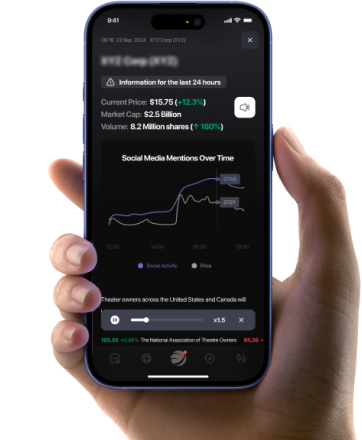Oil prices kicked off the week with a notable rally, driven by OPEC+'s decision to postpone an anticipated production increase ahead of the imminent U.S. presidential elections.
The oil cartel and its allies, including Russia, opted to delay plans to ramp up output by another month, citing ongoing market weakness and sluggish demand.
On Monday, West Texas Intermediate (WTI) crude — as closely tracked by the United States Oil Fund USO — surged as much as 3% to hit $71.50 per barrel, its highest since Oct. 25, while Brent crude rose 2.7% to reach $75 per barrel.
These gains effectively erased last week’s losses, which followed Israel's limited response to Iran — a development that experts said reduced the risk of a broader conflict in the Middle East, providing temporary relief for oil markets.
OPEC+ announced on Sunday that it would maintain its production cut of 2.2 million barrels per day (bpd) through December.
Originally, the group had planned to increase output by 180,000 bpd in December, but it conditioned this hike on favorable price conditions.
The next formal meeting of OPEC+ ministers is scheduled for December 1, although the group has the flexibility to convene extraordinary meetings or alter its policies at any time.
US Sanctions Policy Could Shape Future Of Oil
The outcome of the upcoming U.S. presidential election could be crucial for the oil market, particularly with regard to sanctions policies that affect OPEC+ producers like Russia, Iran, and Venezuela.
“After plummeting during the first Trump administration, production in Iran and Venezuela has recovered under President Joe Biden, with the focus of sanctions moving to Russia,” wrote S&P Global.
Combined, Iran and Venezuela pumped 4.15 million bpd in September, up from 3.2 million bpd in February 2022, according to Platts' OPEC+ Survey by Commodity Insights, as both countries are exempt from quotas under the OPEC+ agreement, allowing them to pump as much as they can.
Sanctions policy is expected to remain a key factor influencing the global oil supply, particularly amid ongoing geopolitical tensions in Ukraine and the Middle East.
The Biden-Harris administration has imposed extensive sanctions on Russia, aiming to weaken its military capabilities and hinder its economic resources that support the ongoing war in Ukraine. These sanctions, coordinated with allies like the G7 and EU, target key areas, including Russia’s defense sector, critical supply chains, and financial networks.
However, Jim Burkhard, vice president of research at S&P Global Commodity Insights, suggested that a second Donald Trump administration might be more inclined to loosen sanctions on Russia.
Both parties are likely to maintain pressure on Iran given its ongoing conflict with Israel.
US Energy ETFs To Watch Amid Rising Oil Prices
The surge in oil prices could buoy U.S. energy stocks, particularly those tied to exploration, production, and refining. Here are five key U.S. energy ETFs that may see gains as crude prices continue their upward trend:
- Energy Select Sector SPDR Fund XLE, which had already risen by 1% during premarket trading in New York on Monday
- SPDR S&P Oil & Gas Explor. & Product ETF XOP
- Invesco Oil & Gas Services ETF PXJ
- VanEck Oil Refiners ETF CRAK
- EA Series Trust Strive U.S. Energy ETF DRLL
Now Read:
Image: Shutterstock
© 2024 Benzinga.com. Benzinga does not provide investment advice. All rights reserved.








